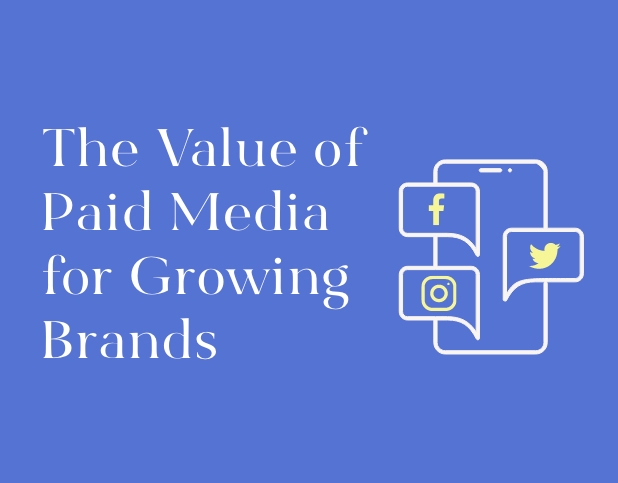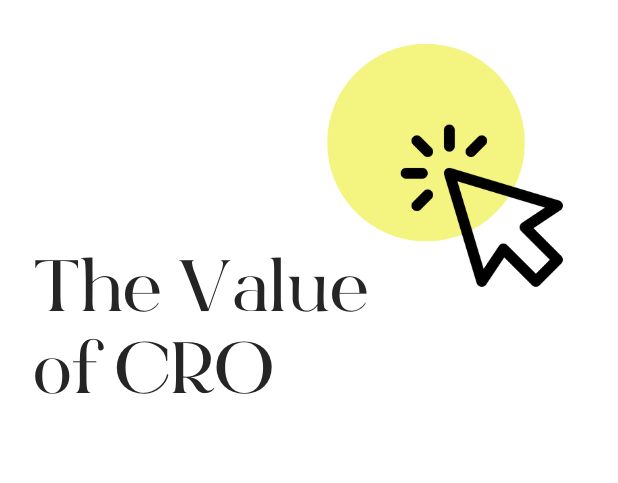As a small business ourselves, we understand the Importance of saving money wherever possible. However, one area it can be dangerous to skimp on is your marketing budget. Effective marketing can make all the difference in growing your business, building your brand, and reaching new customers. If you need proof, look no further than Coca-Cola.
Coca-Cola is one of the most recognizable and beloved brands in the world, and it’s largely thanks to their prioritization of marketing efforts. Despite there being dozens of other soda companies out there, Coca-Cola has managed to become the clear leader in the market, with a total market share of over 40%. And believe it or not, this isn’t because they have a superior product! In fact, most people would struggle to tell the difference between Coke and generic cola. Instead, it’s because Coca-Cola has put an enormous amount of effort and money into marketing its brand and staying top-of-mind to consumers.
But you don’t have to have a huge budget to make a huge impact on your brand! After all, even Coca Cola started small. In this blog, we will cover eight simple tips to create a paid media budget that works for your small business.
1. Determine your revenue goals
To establish a paid media budget, you first need to determine your revenue goals. Consider how much you want to make in the next quarter, the next year, and the next five years. This will help you figure out how much you need to invest in marketing to achieve these goals.
2. Analyze your past marketing efforts
Analyze your past marketing efforts to see what worked and what didn’t. Consider your return on investment (ROI) and the channels that generated the most leads or sales. This will help you determine where to allocate your marketing budget in the future.
3. Research your industry
Research your industry to determine the average marketing budget for businesses like yours. This will give you a good starting point for your budget. Business directories are an easy place to start and can provide valuable information about your competitors’ revenue. Knowing that a company’s marketing budget typically ranged from 5 to 25 percent of a company’s revenue, you can use this to get an estimate of their spending. You can also look at your competitors’ websites and social media profiles to see what kind of marketing efforts they are using. You can get a good sense of their budget by looking at the quality and frequency of their content, the size of their social media following, and the level of engagement they are getting from their audience.
4. Determine your target audience
Determine your target audience and where they spend their time online. This will help you determine which digital channels to focus on and where to allocate your budget. There are various tools and methods you can use to identify your target audience, such as conducting market research, analyzing customer data, and utilizing social media listening tools.
5. Choose your digital channels
Choose the digital channels you want to invest in based on your target audience and past marketing efforts. These channels could include social media, search engine optimization (SEO), pay-per-click (PPC) advertising, email marketing, and content marketing. By doing some research on each of these channels and the benefits, you can determine which will be best for you to start with. Remember, don’t put all your eggs in one basket! Diversifying channels is the best way to determine which ones you should invest more—and less—in.
6. Determine your costs
Determine the costs associated with each channel you’ve chosen. This includes the cost of tools, software, and advertising. Be sure to include any costs associated with creating content or hiring a digital marketing agency.
7. Allocate your budget
Allocate your budget based on your revenue goals, past marketing efforts, industry benchmarks, target audience, and chosen digital channels. Be sure to allocate more of your budget to the channels that have generated the most leads or sales in the past.
8. Monitor and adjust
Monitoring your marketing efforts regularly is crucial to understand the effectiveness of your strategy and identifying areas for improvement. By analyzing your data, you can determine what’s working and what’s not and adjust accordingly. This includes tracking metrics such as website traffic, engagement rates, conversion rates, and sales. By monitoring these metrics, you can determine which channels and tactics drive the most engagement and ROI. If a particular channel or tactic is not producing the desired results, you can adjust your budget accordingly to optimize your marketing ROI. For example, if you find that Facebook ads are not generating the expected results, you may want to reallocate your budget to another channel or try a different ad format. By regularly monitoring and adjusting your marketing efforts, you can ensure that your budget is being used effectively and efficiently to achieve your business goals.
By following these steps, you can establish a marketing budget for your small business that will help you reach your revenue goals and grow your business.
If you’re interested in learning more about marketing on a budget, be sure to subscribe to our newsletter. Or if you want to learn more about paid media and establishing a marketing budget, schedule a meeting with our team!
About BuzzShift
BuzzShift is a digital strategy agency on a mission to grow mid-market, purpose-driven brands with the power to positively impact society and improve people’s lives. By combining the ideologies of branding, performance marketing, and retention agency, we can create memorable experiences with measurable results and build long-term success for our clients. Learn more about BuzzShift.






